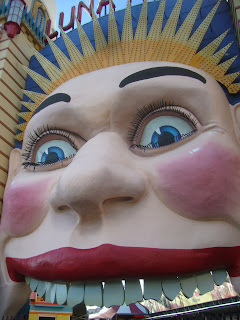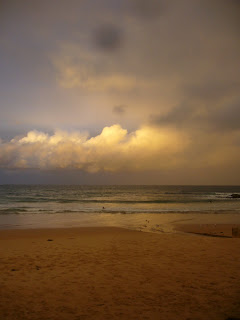













Puerto Princesa, The Philippines
Population of Metropolitan Area: 210,508
Year Founded: 1961
Puerto Princesa is unique of the cities I have visited thus far on my trip for its smaller size and is sort of strange in the sense of its city limits. From the center of town, where our hotel is, it takes us close to an hour to drive to our site, which is still in the city limits. While the city center is very densely populated, the surrounding parts of the city are very agrarian and many of the cities residents live out in the country side. To me it would be very hard to imagine what living out in these rural areas, completely on your own would be like. In a number of ways it reminds me of the stories my grandmother tells of growing up in rural Kentucky. What’s amazing about this though is that for the most part this type of lifestyle has been eliminated in America, and it’s all happened in a single life time. It’s hard to get a sense of how quickly the world is changing sometimes, but its very evident here in the Philippines. Along the drive to the site we pass a number of homes made of bamboo with thatched roofs, which to me is very interesting and picturesque to see. But there is also a number of similar homes that have replaced there roofs with corrugated metal, and it’s on this merging of past and present that I find most interesting. To me it’s sad to see a unique indigenous architecture replaced by a faceless interpretation of modern building materials. I know the country wants to progress, and that machine made products would free residents from household tasks to do so called better work in offices and there by progressing the area, or rather the areas economy. But it’s hard to not feel like something would be lost if that happened. In my mind, Sydney Australia might as well have been located in America, it was so similar, but the Philippines are truly unique of anywhere I have been and it seems unfortunate that there is a desire to be like everyone else as opposed to highlighting the areas differences. The tricycles used here in Puerto Princesa are unique to any other part of the world. Not only that, but it is such a charm to see city streets full of 75% tricycles, and since they’re easy to maintain I gather they have a very long life and have a relatively low cost of ownership. Imagine though what would happen if these were replaced with yellow taxis like the rest of the world. I guess that that is my greatest fear for an area like this is that in attempting to improver through standardization and stricter building codes and so on, the city could be come faceless and with out an identity. Hopefully the wall marts of the world will stay away, but I really don’t see how they can hold out.







































